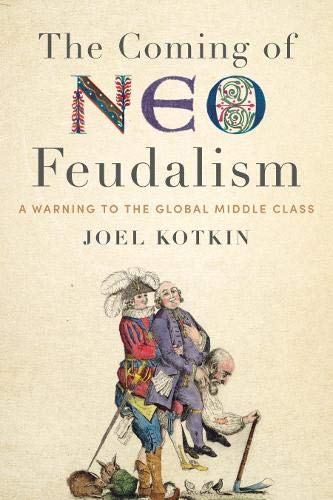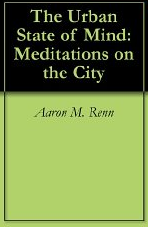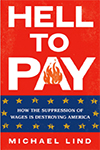
Yesterday I became aware of some fantastic news. Tonika Lewis Johnson, a photographer and community activist in Chicago, was named one of 22 people worldwide awarded the MacArthur Foundation Fellowship, often called the “Genius Grant”. Each recipient was awarded $800,000 of no-strings-attached money in recognition of their groundbreaking, innovative and courageous work in a wide range of fields: arts, science, medicine, technology, media, and more.
Tonika won the MacArthur Fellowship because of her work on the Folded Map Project and the book that emerged from it, Don’t Go: Stories of Segregation and How to Disrupt It. As the MacArthur Foundation’s website puts it, “Johnson uses photography, maps, and multimedia storytelling to articulate the vast disparities in conditions, infrastructure, and investment between Chicago’s neighborhoods. At the same time, she creates pathways for residents to begin the process of restitution and repair.”
I find Tonika’s work fascinating because it’s at the heart of why I became an urban planner — to document and address disparities in cities, particularly in Rust Belt cities like Chicago. Her work is reminiscent of the work of artists like Tyree Guyton, whose work in Detroit on the Heidelberg Project seeks to use art as a catalyst for revitalization. It’s also similar to the work of Theaster Gates, like Tonika from Chicago, whose social practice installation artwork challenges our perceptions and encourages the use of art to uplift disinvested communities.
Tonika’s work, however, takes this approach to the personal, individual level. How much should we trust what we think we know about disinvested neighborhoods? What happens to communities that are only viewed in the abstract, and not in their totality? How do individual actions contribute to the disinvestment of communities?
I interviewed Tonika (and her research colleague and activist partner Dr. Maria Krysan of the University of Illinois-Chicago) earlier this year on behalf of Planning Magazine, for an article. The article was published online yesterday. Please click Challenging Perceptions of ‘Don’t Go’ Neighborhoods Can Create Opportunities to read. I’m proud of this work, and even prouder of how people like Tonika demonstrate that strong neighborhoods deserve to be everywhere, for everyone.
This piece first appeared at The Corner Side Yard.
Pete Saunders is a writer and researcher whose work focuses on urbanism and public policy. Pete has been the editor/publisher of the Corner Side Yard, an urbanist blog, since 2012. Pete is also an urban affairs contributor to Forbes Magazine's online platform. Pete's writings have been published widely in traditional and internet media outlets, including the feature article in the December 2018 issue of Planning Magazine. Pete has more than twenty years' experience in planning, economic development, and community development, with stops in the public, private and non-profit sectors. He lives in Chicago.
Photo: Tonika Lewis Johnson. Credit: John D. and Catherine T. MacArthur Foundation.












